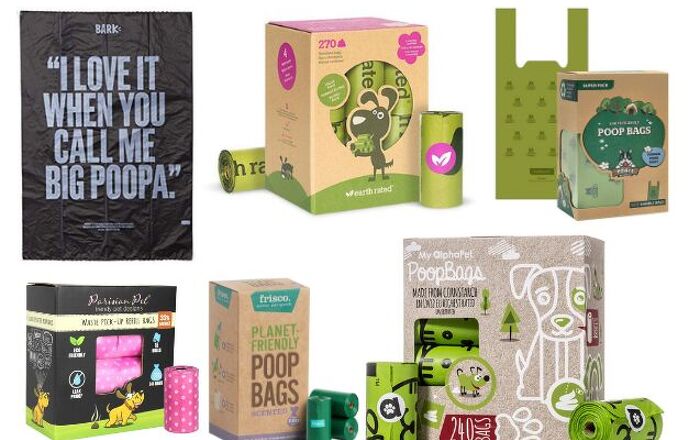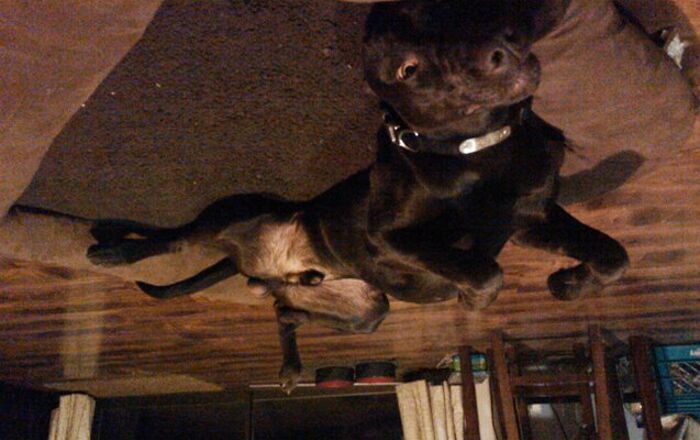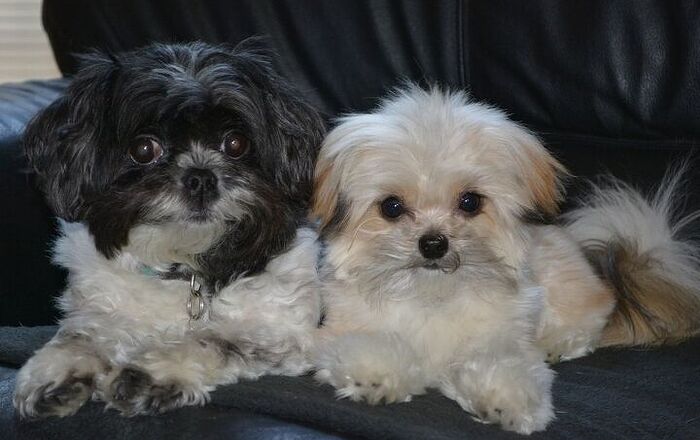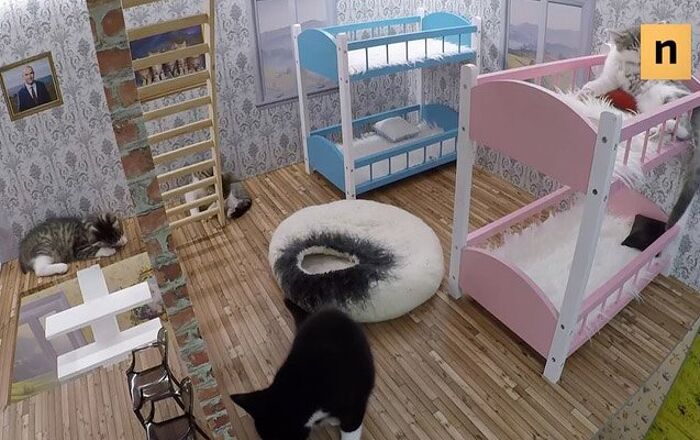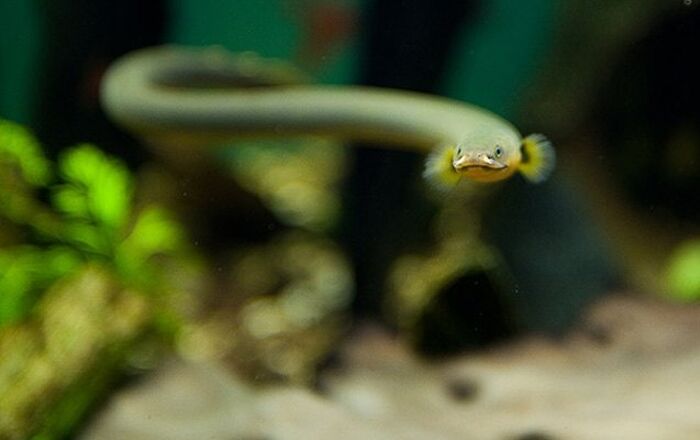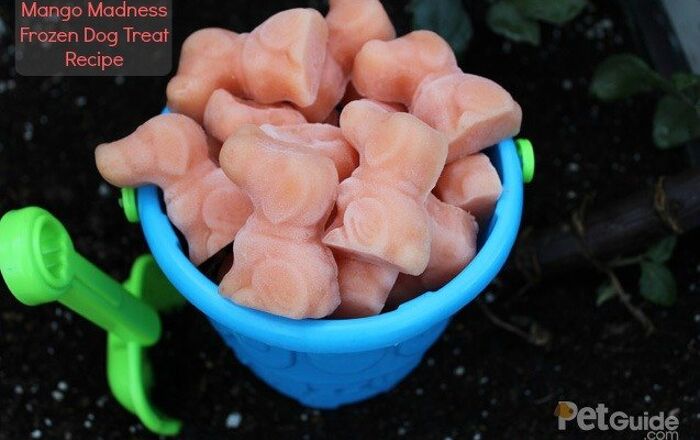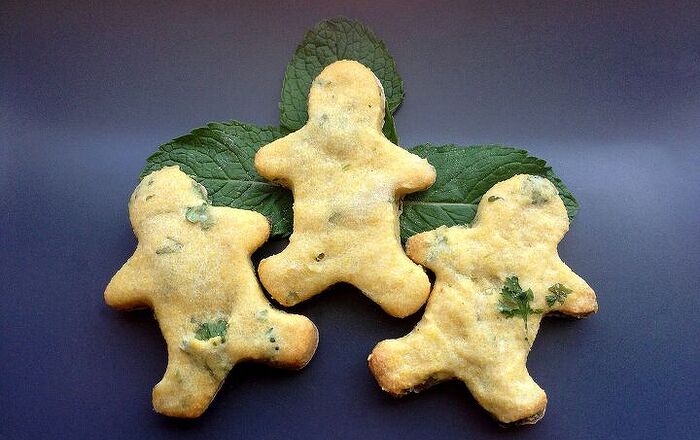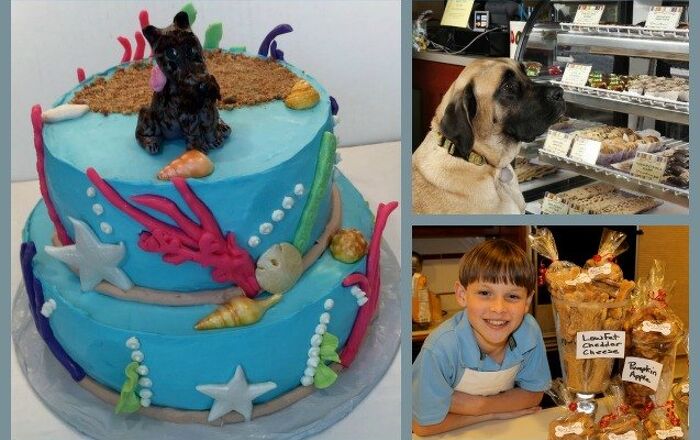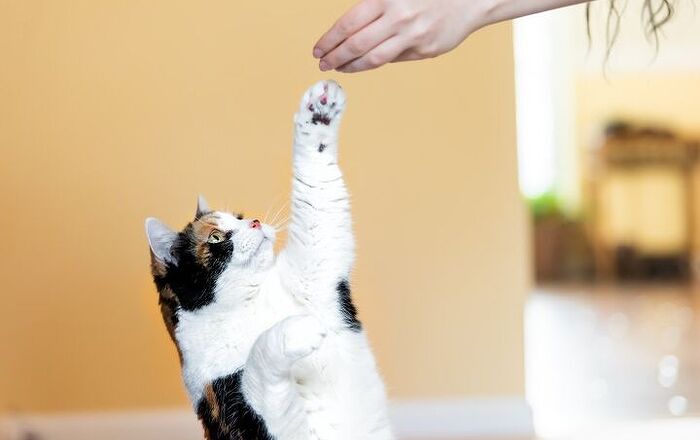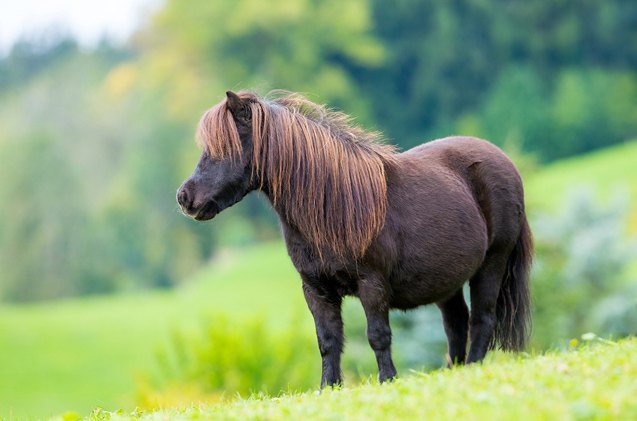
Shetland Pony Breed History
The origins of the unique Shetland Pony are not entirely known, but this horse breed has lived on the Shetland Islands, which are located off Northern Scotland, for a long period of time. In fact, excavations in that part of the world show that small ponies lived on the Shetland Isles from as far back as the Bronze Age. Written records of Shetland Ponies seem to have begun in 1603, and the first written record of this breed was in the Court Books of Shetland.
Some people believe that Shetland Ponies are the result of Vikings crossing their horses with native ponies. Others believe it’s possible that this pony was able to evolve over time on the Scandinavian tundra after being brought to the area by the Vikings. And still other experts think that the most likely theory for the Shetland Pony is that the animals originated in Scandinavia before crossing ice fields that used to connect Britain with Scandinavia. The Shetland Ponies were then domesticated, and the native ponies were bred with lighter ponies brought to the islands by Norse settlers. The breed may also have been influenced by Celtic ponies between 2000 B.C. and 1000 B.C.
The Shetland Pony is one of the most popular horse breeds, especially for children.
The Shetland Pony is very small, but it is also hardy and strong, and it can survive on sparse grazing. These characteristics have allowed the breed to overcome the harsh winters of the Shetland Islands for hundreds of years.
Shetland Ponies were used for pulling carts, and they were also utilized as pit ponies in coal mines in the 19th century throughout the United States and England. However, they became quite popular as ponies that children could ride, and they were later used as driving ponies as well.
It was not until 1890 that the Shetland Pony Stud Book Society was formed. At that time, the Shetland Pony became the first pony to have a breed society of its own. Exportation of Shetland Ponies to various areas throughout the United Kingdom, as well as other countries abroad, began at the end of the 19th century. As a result, the Shetland Pony can be found in several countries around the world today.
Breed Traits
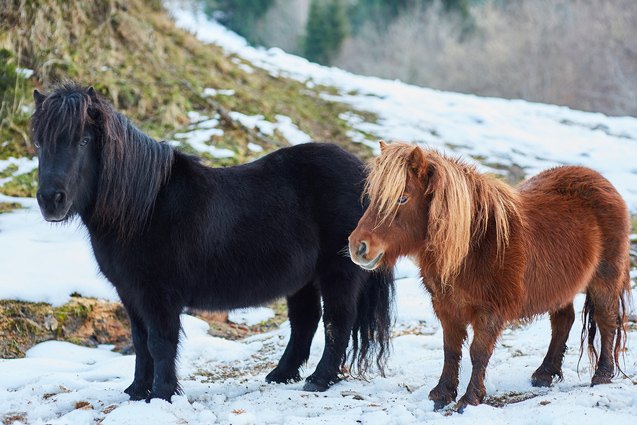
The Shetland Pony is one of the most popular horse breeds, especially for children. Its gentle disposition makes it an ideal choice for young children who wish to have an equine companion and who are new to being around horses.
The Shetland Pony’s gentle disposition makes it an ideal choice those who are new to being around horses.
Overall Description
Like all pony breeds, the Shetland Pony a very small horse. In fact, this breed is considered the smallest pony in Britain.
This pony features a broad head that is small, a face that is slightly dished, small ears, and eyes that are widely set. The neck is thick and short, and the body is compact overall. In addition to the sloping shoulders and a short back, the Shetland Pony also features a deep girth. The legs of these ponies are also short, with the cannon bones being shorter than what is normal in relation to their size. These animals also have a short and bouncy stride.
Despite this small stature, however, this horse breed has the ability to carry a considerable amount of weight, and it is surprisingly hardy. These ponies display sturdy hooves and legs, their hindquarters are broad, and their backs are wide.
One of the defining characteristics of the Shetland Pony is its lovely and full tail and mane. These serve to protect the horse from their native habitat’s harsh weather. The rest of the body also features a double coat that is thick and provides additional warmth when the temperature drops.
Shetland Ponies in the US are more refined and a bit larger than those found in the UK. American Shetlands are also lighter and leaner, and they feature longer legs and a thinner neck, making them more athletic and agile, with a high-stepping action and longer stride. In fact, American Shetlands can’t exceed 46 inches in height, even though Shetland Ponies are not supposed to exceed 42 inches tall.
The Shetland Pony comes in every equine color, aside from spotted, and black is the foundation color.
Colors
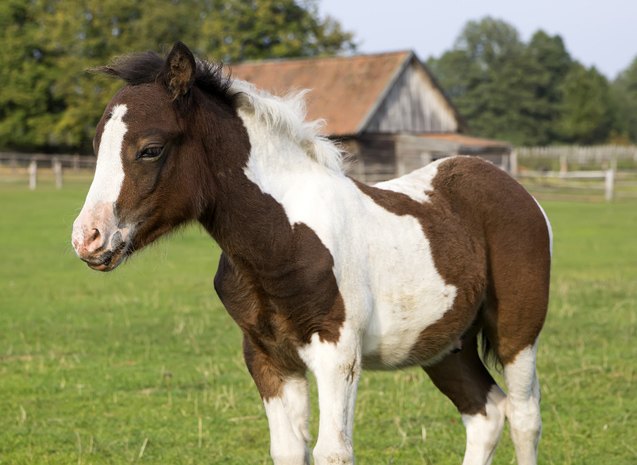
The Shetland Pony comes in every equine color, aside from spotted, and black is the foundation color.
Common colors include gray, bay, black, chestnut, roan, dun, and brown, but you can also find this breed in skewbald and piebald as well. Many Shetland Ponies also feature irregular white and dark patches.
Grooming Requirements
A Shetland Pony will require the same basic grooming techniques as does any other equine breed. This includes washing, brushing, and combing the pony regularly in order to keep the coat smooth, clean, and healthy. However, you should pay extra attention to a Shetland Pony’s hooves, which will require daily care using a hoof pick and hoof brush to remove dirt, rocks, and other debris. This will ensure that there aren’t any injuries that need to be treated promptly.
Photo credit: Melory/Bigstock; sandyo/Bigstock; Xilius/Bigstock


